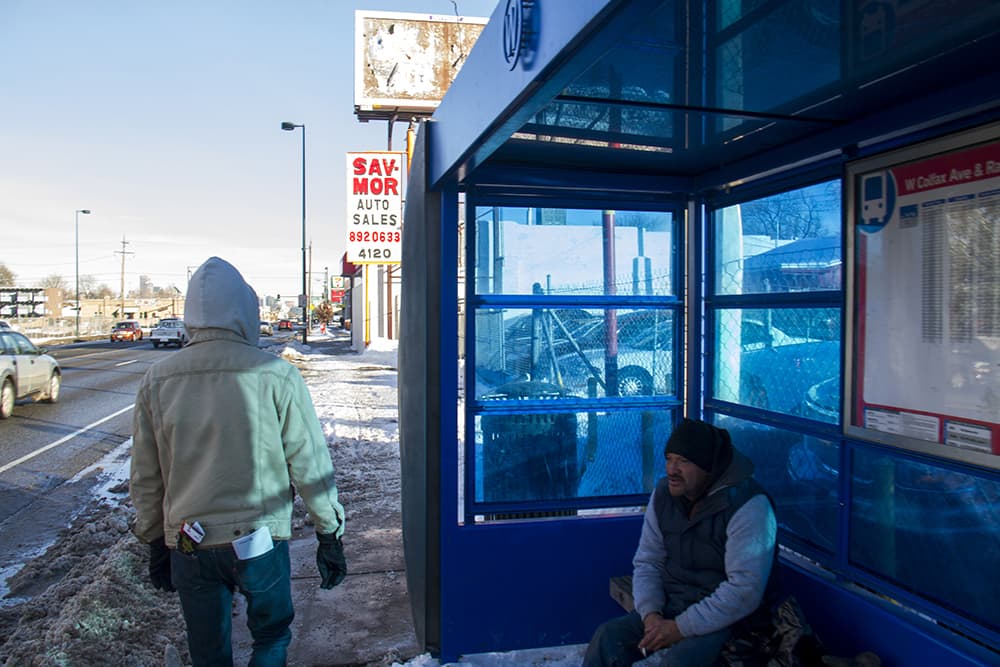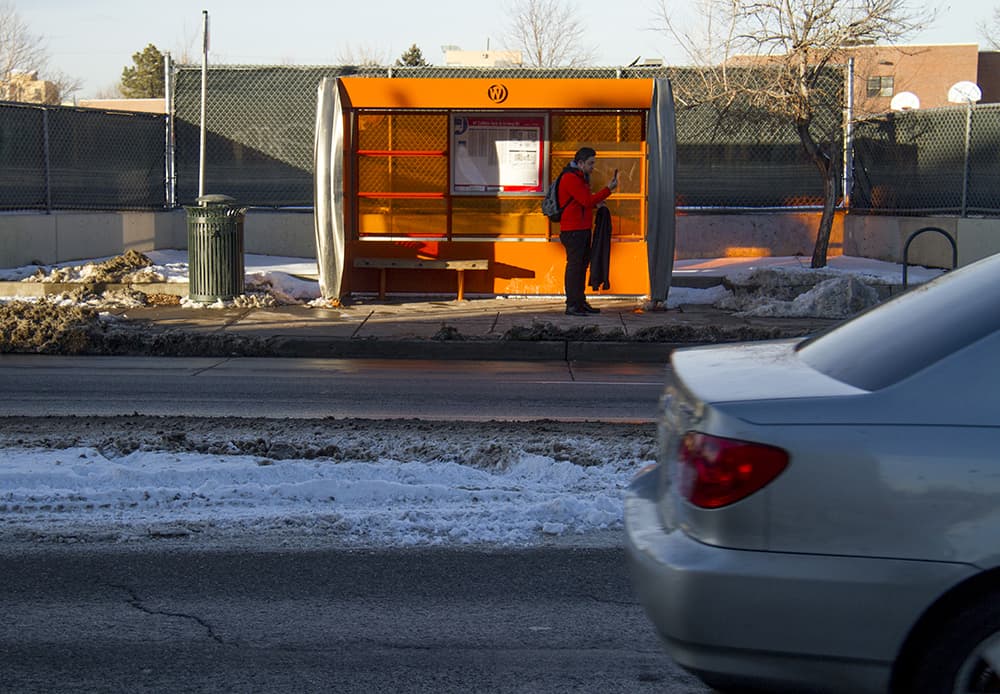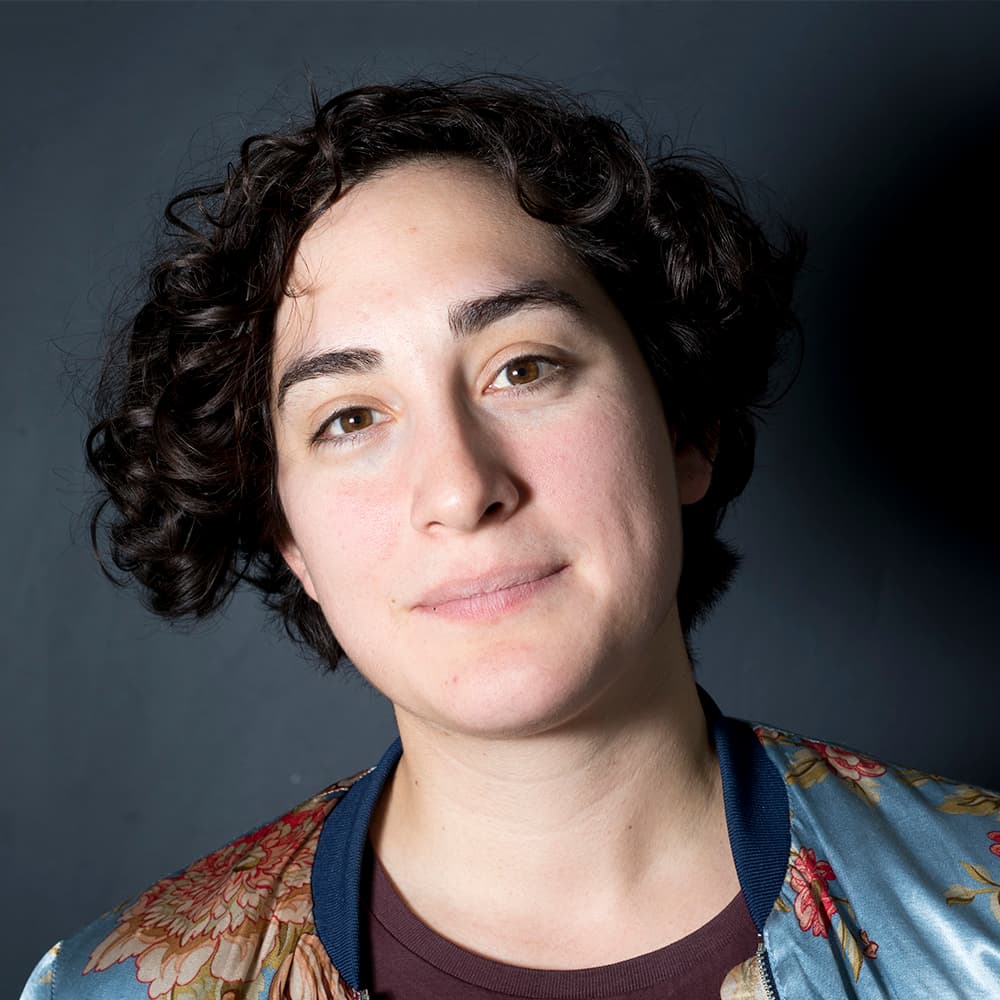
Alfredo Valdez-Martinez says the discounted bus pass that he gets from RTD's Nonprofit Program means everything to his work. But he's been told that he won't be able to access the discounted pass because of an unexpected change to the program.
"Without the help that I get from this bus pass to get to work, I'll probably have to walk a few times, but how often can I do that?" he said. Valdez-Martinez already leaves two and a half hours before work to arrive on time to his job as a cook in a restaurant.
"I'll probably end up being late to work a few times, and I'll probably end up losing my job because of that."
"If I don't get those bus passes, I might have to start selling some of my stuff," he said. "You shouldn't have to sell your things just to try to get to work. But you have to do what you have to do in order to keep working."
Low-income riders already face a fare structure that's unfavorable to them, according to a report from the Colorado Fiscal Institute. People riding local buses -- 60 percent of whom earn less than $35,000 a year -- saw fare increases in 2016, while people who ride regional light rail and regional bus routes saw fare decreases. Those riders tend to be higher income -- 72 percent of regional light rail riders and 67 percent of regional bus riders earn $50,000 or more.
RTD's Nonprofit Program aims to mitigate some of that burden by allowing nonprofit organizations to buy discounted fares and give them to clients who are at or below 185 percent of the poverty line. That's $21,978 for a single adult. The nonprofits are responsible for verifying participants' income.
When RTD changed its Nonprofit Program in 2016, the idea was to make the whole thing easier. Passes were all discounted a flat 50 percent, as opposed to a 40 to 60 percent discount. Also, nonprofits didn't have to track which passes go to which person anymore.
But this year, nonprofits can only purchase as many passes as they bought during 2016. And multiple agencies didn't know the program now included an annual cap. That's left them scrambling to find a solution to a problem they didn't know they were going to have.
"We see the cap as being another straw on the camel's back. It's the next thing that we're going to have to deal with for our program participants," said Robert Andrews, executive director of DenverWorks, an organization that helps people with barriers to employment prepare for and find jobs. "We're looking to alternatives to RTD."
"We were just blindsided by the cap," Andrews said. "When you renew, they don't tell you about it. It wasn't like we renewed and they said, 'OK, you're going to have to come up with a cap.'"
Mi Casa Resource Center, an organization that has been participating since 2011, had a similar revelation.
"Previously, there's been no cap. Every month you can make the request you have based on participant need. But then we were informed [in March] that for the year 2017 we couldn't request more at the end of the year than we requested at the end of 2016," said Karen Fox Elwell, vice president of programs and integration.
Agency spokesman Nate Currey said that RTD probably could have communicated more clearly, but part of the challenge is that there's still not a complete policy for 2017.
That policy is established by the RTD board. They've already considered increasing funding to the program by up to $1 million, but that would not allow nonprofits in the program to buy more passes. Instead, that would let new nonprofits join without a wait list.
"The board said [last Tuesday], 'We're not thrilled with any of [the current proposals], so staff, go back to the drawing board and refine and come back with a few more options for us as well,'" Currey said. "If they like what they hear, they will vote on it."

Low-income pass holders and nonprofits are left to figure out interim solutions.
DenverWorks hasn't hit its pass cap yet, but they expect that they will, and that they'll need to find a way to pay for full-cost passes. For WorkLife Partnership, an organization that helps workers learn new skills or overcome other barriers to employment, the unexpected cap means that they will have to suspend services to their program participants.
"Most of us work within our budget," said Henry Coleman, who gets a discount pass through the WorkLife Partnership program "What they've done now is going to push me to try and juggle at least six, maybe eight to twelve more hours, just so I can pay for a pass."
"I've gotten to an age now where working more hours is going to be hard on my body," Coleman said. "But I use the light rail and bus for grocery shopping, getting my laundry done. Everything I do, I use buses or light rail."
Last April, WorkLife Partnership sold 17 passes, this April they sold 104.
"We obviously hit that cap quickly," said Marq Agboyani, a navigator for the program. "The level of need was there. It just took a little while to get the word out. Once the word got out, we blew way past our expectation from last year."
"Being able to afford childcare, being able to afford other means of transportation, being able to afford food is affected by this," Agboyani said.
Employers that work with the agency also experience increased absenteeism when getting to and from work becomes more difficult for employees. Valdez-Martinez also mentioned that when he was talking about his pass.
"It's not only affecting my life like the people that I live with or my family. It also affects people at my job because I'm one of the dependable guys at work. There's a lot of people that call in and they call me and I show up to work," he said.
Mi Casa Resource Center hopes they'll be fine for this year. So far they're on track to buy as many passes as 2016 because their discounted passes go to people who are participating in core programming, a smaller, defined pool of people. But it could impact their ability to expand the programming.
"That opportunity to expand to other parts of our core programs is capped in essence because we know we have enough of a demand within these programs and we don't want to short-sight these programs through expansion," said Elwell.
So why is there a cap in the first place?
Currey says it's because RTD, like any other agency, is constrained by their own budget.
"We couldn't do it at an infinite level because you could probably double those dollars, and they would all be snatched up," he said.
"That $6 million dollars [of funding] is something that we did on our own, we're not mandated to do that, we just saw that there was a big need in the community for this, and I think it's the right thing to do. Hopefully as times become a bit better, we can increase it more."
As the Colorado Fiscal Institute noted in its report, assisting people with low incomes is one of the top purposes of RTD. The enabling legislation that created the RTD stated: "Public transportation services are provided to assist the transit-dependent and the poor, to relieve congestion and to minimize automotive pollution."
Andrews, of DenverWorks, said the Nonprofit Program actually means RTD sells more fares than it otherwise would. It's not like the people getting discounted passes through the program would otherwise be paying full fare.
"It's just a false dichotomy. Our participants aren't going to buy tickets because they don't have the money, and that's why they come to us," he said.












